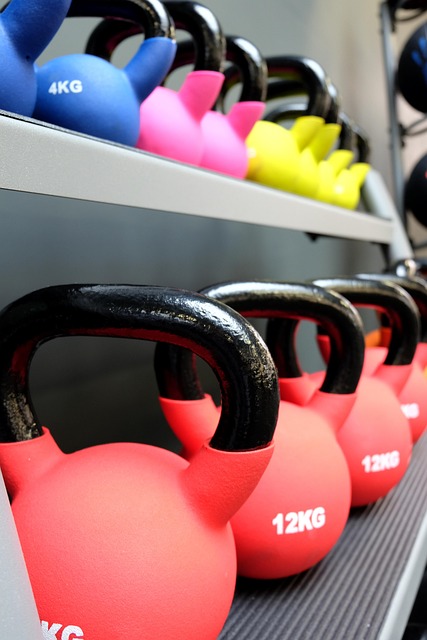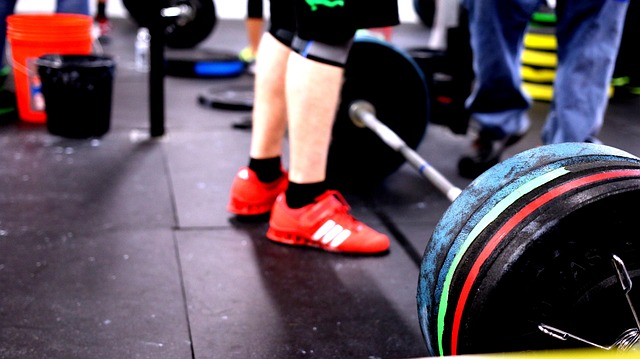Designing a dream home gym starts with understanding your fitness needs and equipment requirements, such as cardio or strength training gear. Calculate space needed for each piece, considering safety clearances, and include storage solutions. In compact spaces, maximize every square foot using modular layouts, vertical storage, and foldable equipment to create efficient residential gym hubs.
Setting up a home gym is an excellent way to stay active, but determining the required space can be tricky. This guide will help you navigate the process, ensuring your residential gym equipment serves you well. We’ll explore how to balance your fitness needs with available area, offering insights on various gym setups and efficiency tips for smaller spaces. By understanding your requirements, you can create a tailored and functional home workout environment.
- Understanding Your Fitness Needs and Equipment Requirements
- Calculating Space for Different Gym Setups
- Maximizing Efficiency in a Small Space (If Applicable)
Understanding Your Fitness Needs and Equipment Requirements

Understanding your fitness needs and equipment requirements is a crucial step in designing your dream home gym. Before you start measuring spaces, consider what kind of workouts you enjoy and intend to do regularly. Are you primarily focused on cardio exercises like running, cycling, or swimming? Or do you prefer strength training with weights and bodyweight exercises? Your answers will determine the types and amounts of residential gym equipment you’ll need. For instance, a dedicated space for free weights and weight machines would be ideal if you’re an avid weightlifter, while a sturdy floor area suitable for yoga mats and cardio machinery might suit those who prefer a more diverse routine.
Additionally, think about the layout and flow of your exercises. Will you require ample room to stretch and warm up before workouts? Do you envision group fitness sessions in your home gym, necessitating space for multiple users? Knowing these details will help you decide on essential residential gym equipment and plan for any additional storage or accessories needed to optimize your at-home fitness experience.
Calculating Space for Different Gym Setups

Calculating space for your home gym setup is a crucial step to ensure comfort, functionality, and safety. The amount of space required depends on several factors, including the type and number of residential gym equipment pieces you plan to incorporate. For instance, a yoga mat and some free weights will need significantly less area than a full-on weight training station with multiple machines and a running track.
Consider the dimensions of each piece of residential gym equipment and allow for ample movement space around it. A general guideline is to allocate at least 2-3 feet (or 60-90 cm) of clear space around each piece, especially heavy machinery. This not only allows you to move freely while exercising but also prevents accidents and ensures proper form during workouts. Remember to take into account any additional space needed for equipment storage, mirrors, or a TV/media console if applicable.
Maximizing Efficiency in a Small Space (If Applicable)

In a compact living space, designing an efficient home gym is key. Maximizing every square foot ensures you get the most out of your limited area while still enjoying quality workouts. Smart storage solutions like multifunctional equipment that combines multiple exercises in one unit (e.g., pull-up bars with dip stations) can help save significant room. Foldable or adjustable residential gym equipment, such as dumbbells, mats, and resistance bands, allows for easy stowage when not in use.
Consider a modular approach to your layout. Utilize walls for vertical storage of items like medicine balls or weight plates. Install mirrors on one wall to create the illusion of more space while also serving as a useful workout companion. Incorporate a pull-up bar into a doorway to save floor space and provide an effective upper-body training station. With careful planning, you can transform even the smallest corner into a functional and efficient residential gym equipment hub tailored for your workouts.
Creating a home gym doesn’t require vast space. By understanding your fitness needs, calculating available area, and maximizing efficiency with versatile residential gym equipment, you can transform even compact spaces into functional exercise areas tailored to your well-being.

